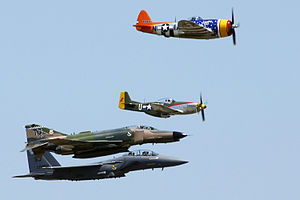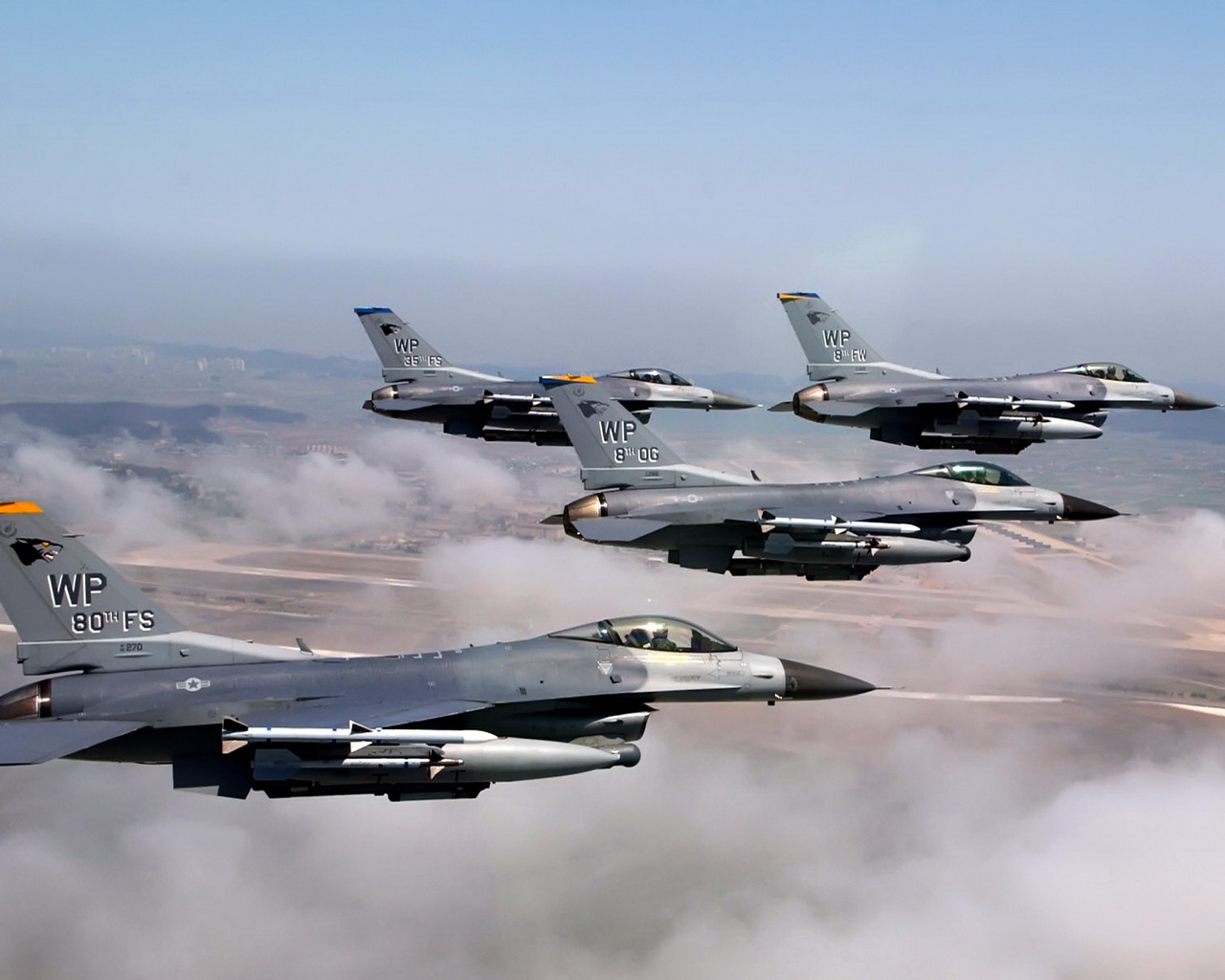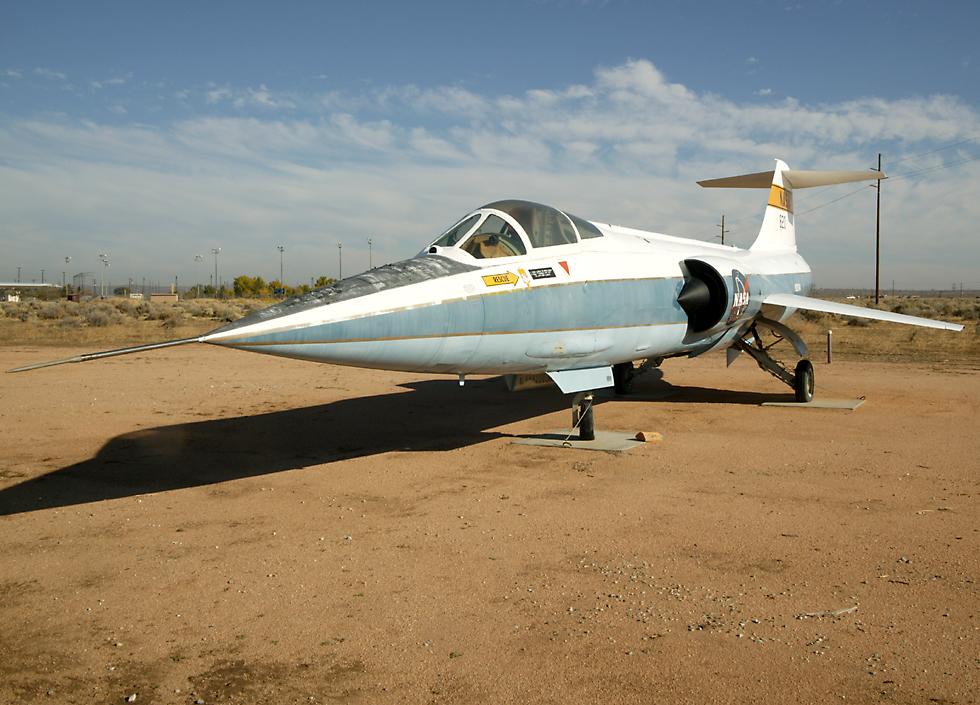Military Aircraft Biography
Former Pentagon manager Paul G. Kaminski has said that the lack of a complete test plan has added five years to the JSF program.[83] As of February 2011, the main flaws with the aircraft are engine "screech", transonic wing roll-off and display flaws in the helmet-mounted display.[84]
The current schedule has the delivery of basic combat capability aircraft in late 2015, followed by full capability block three software in late 2016.[85] The $56.4 billion development project for the aircraft should be completed in 2018 when the block five configuration is expected to be delivered, several years late and considerably over budget.[86]
Delays in the F-35 program may lead to a "fighter gap" where America and other countries will lack sufficient jet fighters to cover their requirements.[87] Israel may seek to buy second-hand F-15s to cover its gap,[88] while Australia may also seek to buy more American fighters from the USN to cover their own capability gap in the face of F-35 delays.[89]
Initial Operational Capability (IOC) will be determined by software development rather than by hardware production or pilot training.[90]
In May 2011, the Pentagon's top weapons buyer Ashton Carter said that its new $133 million unit price was not affordable.[91]
In 2011, The Economist warned that the F-35 was in danger of slipping into a "death spiral" where increasing per aircraft costs would lead to cuts in number of aircraft ordered which would lead to further cost increases and further order cuts.[92] Later that year, four aircraft were cut from the fifth LRIP order to pay for cost overruns.[93] And, in 2012, a further two aircraft were cut.[94] Lockheed acknowledged that the slowing of purchases would increase the costs.[95] David Van Buren, acquisition chief for the U.S. Air Force, said that Lockheed would need to cut infrastructure to match the reduced market for their aircraft.[96] Lockheed has said that the slowdown in American orders will free up capacity to meet the urgent short term needs of foreign partners for replacement fighters.[97] But Air Force Secretary Michael Donley said that there was no more money available for the project and that future price increases would be matched with cuts in the number of aircraft ordered.[98] Later that month, the Pentagon reported that costs had risen another 4.3 percent, partially as a result of production delays.[99] In 2012, the purchase of six out of 31 aircraft was tied to performance metrics of the program.[100]
Former Pentagon manager Paul G. Kaminski has said that the lack of a complete test plan has added five years to the JSF program.[83] As of February 2011, the main flaws with the aircraft are engine "screech", transonic wing roll-off and display flaws in the helmet-mounted display.[84]
The current schedule has the delivery of basic combat capability aircraft in late 2015, followed by full capability block three software in late 2016.[85] The $56.4 billion development project for the aircraft should be completed in 2018 when the block five configuration is expected to be delivered, several years late and considerably over budget.[86]
Delays in the F-35 program may lead to a "fighter gap" where America and other countries will lack sufficient jet fighters to cover their requirements.[87] Israel may seek to buy second-hand F-15s to cover its gap,[88] while Australia may also seek to buy more American fighters from the USN to cover their own capability gap in the face of F-35 delays.[89]
Initial Operational Capability (IOC) will be determined by software development rather than by hardware production or pilot training.[90]
In May 2011, the Pentagon's top weapons buyer Ashton Carter said that its new $133 million unit price was not affordable.[91]
In 2011, The Economist warned that the F-35 was in danger of slipping into a "death spiral" where increasing per aircraft costs would lead to cuts in number of aircraft ordered which would lead to further cost increases and further order cuts.[92] Later that year, four aircraft were cut from the fifth LRIP order to pay for cost overruns.[93] And, in 2012, a further two aircraft were cut.[94] Lockheed acknowledged that the slowing of purchases would increase the costs.[95] David Van Buren, acquisition chief for the U.S. Air Force, said that Lockheed would need to cut infrastructure to match the reduced market for their aircraft.[96] Lockheed has said that the slowdown in American orders will free up capacity to meet the urgent short term needs of foreign partners for replacement fighters.[97] But Air Force Secretary Michael Donley said that there was no more money available for the project and that future price increases would be matched with cuts in the number of aircraft ordered.[98] Later that month, the Pentagon reported that costs had risen another 4.3 percent, partially as a result of production delays.[99] In 2012, the purchase of six out of 31 aircraft was tied to performance metrics of the program.[100]
Military Aircraft
Military Aircraft
Military Aircraft
Military Aircraft
Military Aircraft
Military Aircraft
Military Aircraft
Military Aircraft
Military Aircraft
Military Aircraft
Military Aircraft
Military Aircraft
Military Aircraft
Military Aircraft
Military Aircraft
Military Aircraft
Military Aircraft
Military Aircraft
Military Aircraft
Military Aircraft















.jpg)



No comments:
Post a Comment